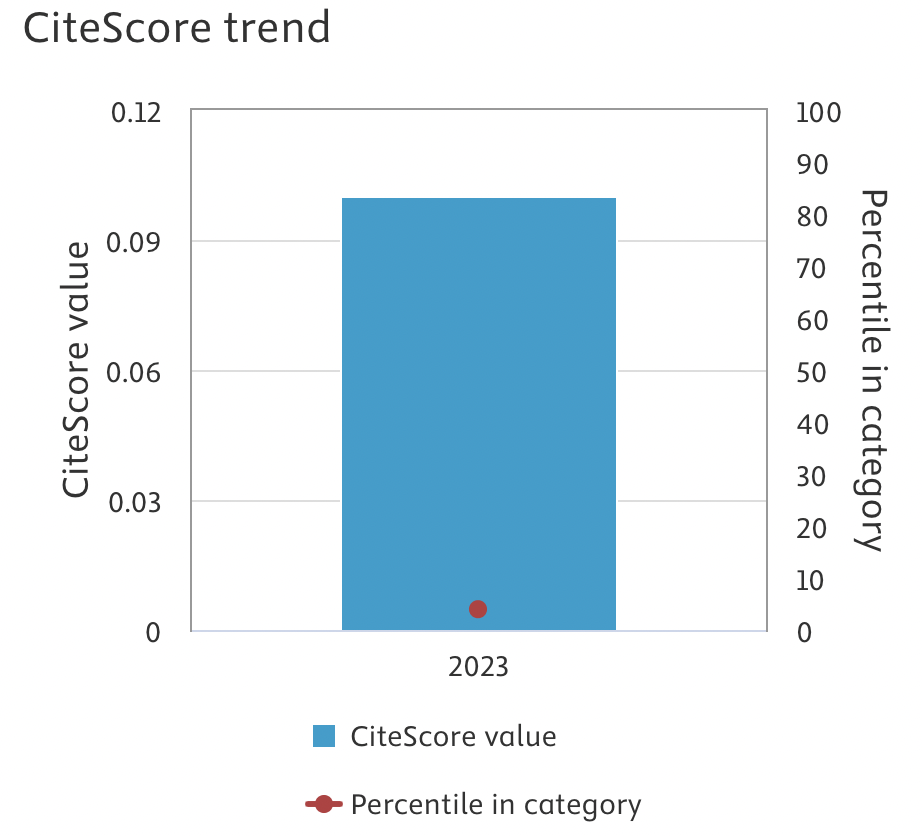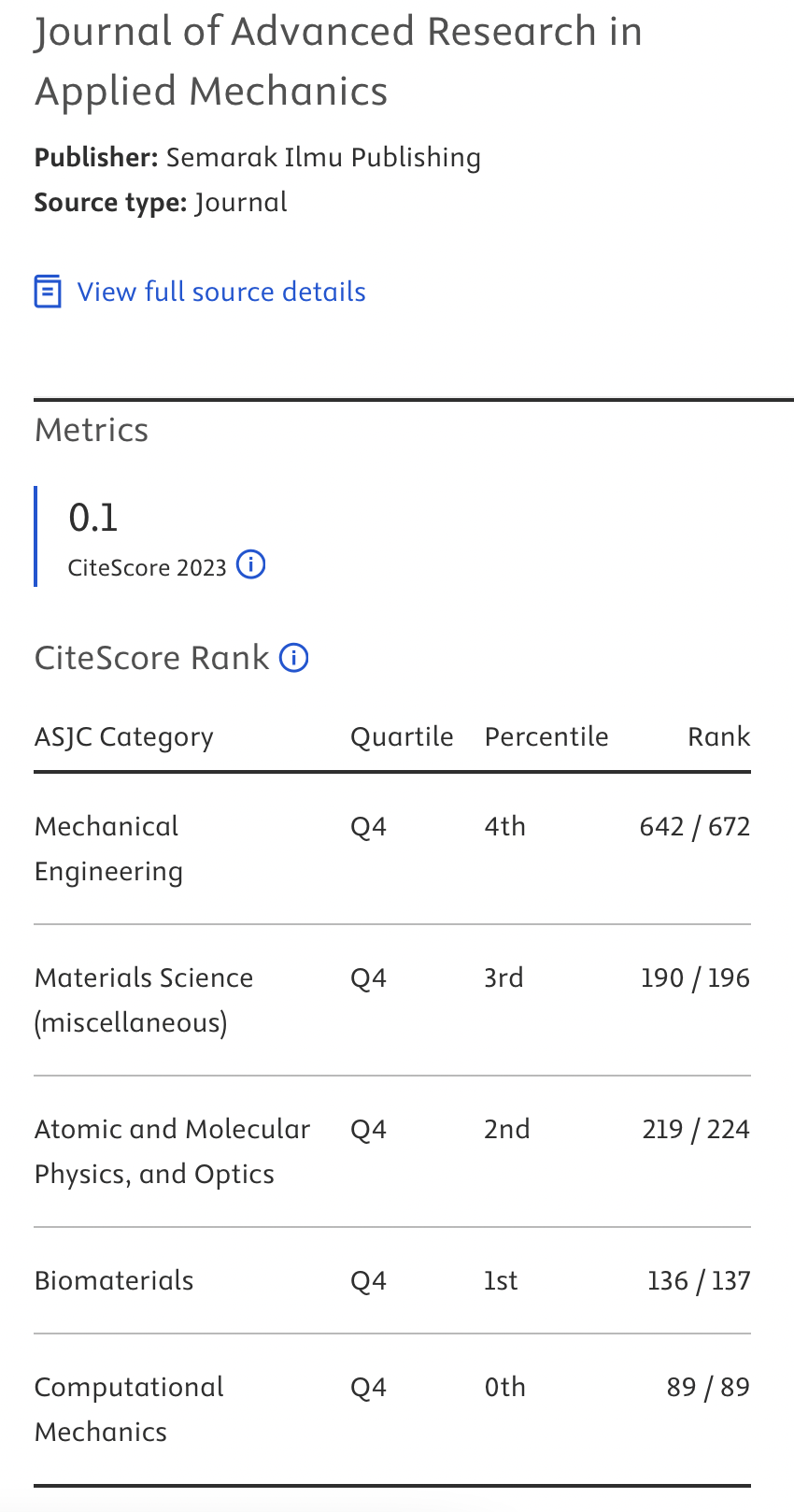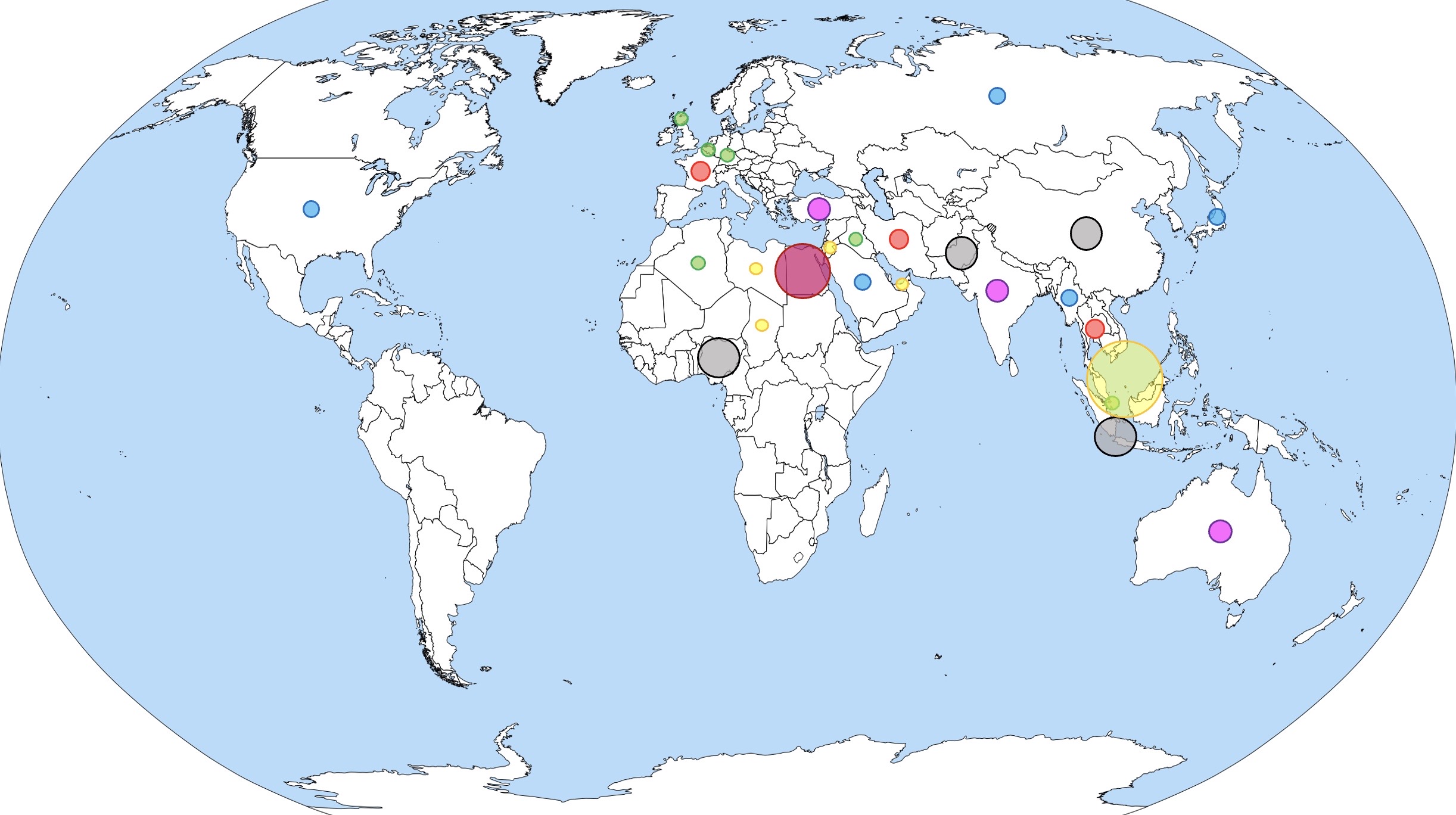Evaluation of Dendritic Structure of Modified Ductile Ni-Resist
DOI:
https://doi.org/10.37934/aram.130.1.159167Keywords:
Metal casting, graphite, Ni-ResistAbstract
Nowadays, the primary uses of nickel are in batteries, high-temperature applications, and corrosive environments. The use of nickel as the main alloying element has increased as the number of electric and hybrid vehicles has risen. As a result, the price of nickel had reached its maximum and was currently varying to draw in manufacturers. The alloy Ni-Resist is one that is affected. This occurred as a result of nickel being utilized at least 10% of the time as the primary alloying element in Ni-Resist. It is necessary to test other alloying elements in order to lower the percentage. Therefore, in order to lower processing costs, the nickel weight used in this work to create the ductile Ni-resist alloy was decreased. Ten weight percent of nickel and up to twelve weight percent of chromium and manganese were added during the melting process. Subsequently, the influence of the alloying elements was examined concerning its microstructure behavior. After the alloy solidified, the dendritic formation was then characterized in order to assess its size and dimension. Afterwards, the altered alloy was contrasted with traditional ductile iron.
Downloads



























